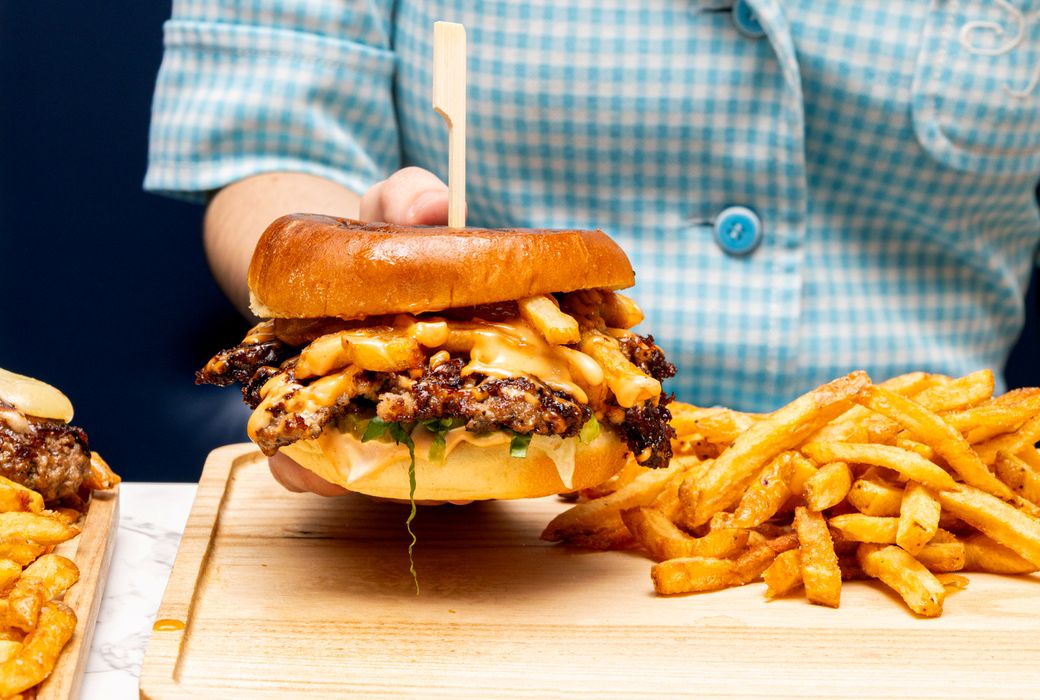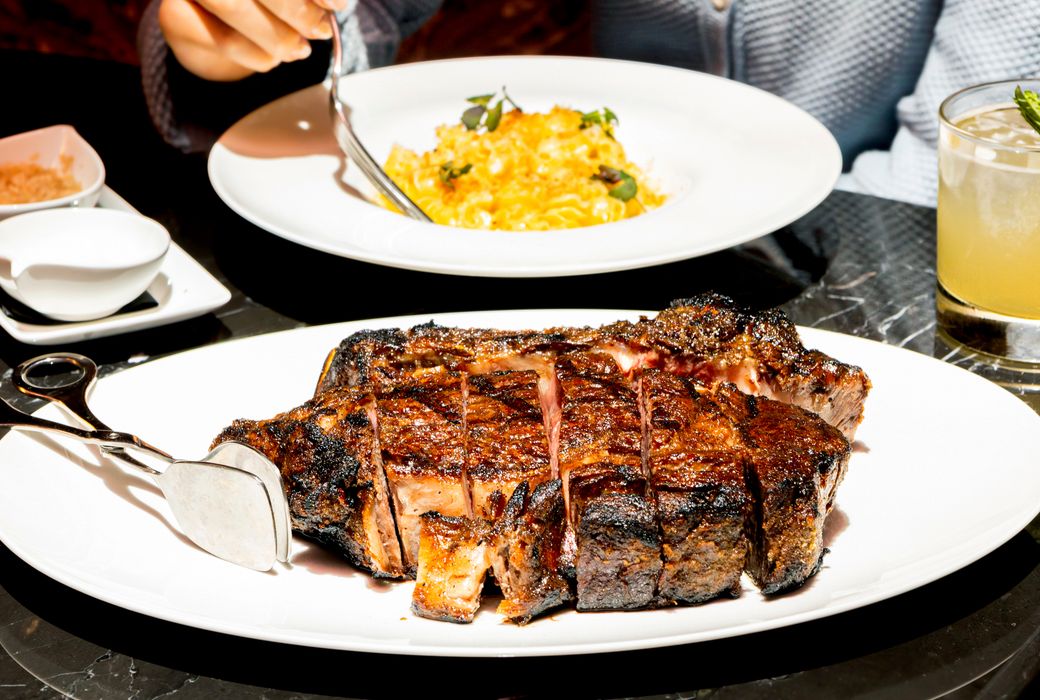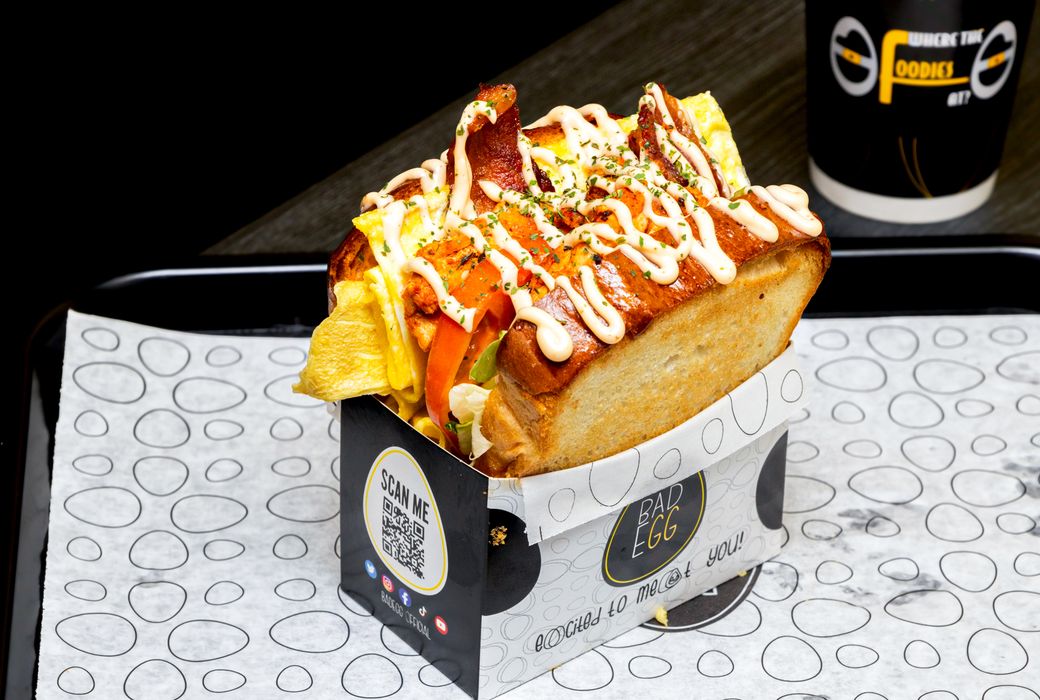Rorschach Brewing
Rorschach Brewing is a charming craft brewery and pub set in a 1917 ramshackle mansion, amalgamated with several other buildings over the years before becoming the imposing but warm pub it is today.
They hope to keep around sixteen beers in rotation on the taps that they brew in plain sight of drinking and dining, focusing on hop forward and Belgian style farmhouse saison styles in an attempt to balance full flavour and drinkability. A range of sharing-style snacks is on the menu.
It feels a little like drinking locally brewed craft beers on the set of a Harry Potter movie in here, from the antiquey porch entryway to the high ceilings, from the heavy wood and concrete to chandeliers and barrels clustered around the dining area.
Visible kegs with their snaking lines behind glass doors and gleaming tanks further back add to the alchemist’s lair effect.
Grab a breath of fresh air on a rooftop patio also equipped with a bar.
A flight ($3 per 4 ounce taster) includes Rorschach’s Entralment IPA, God Spot provisional saison, Latent Construct coffee oatmeal stout, and Truth Serum IPA.
Many in my group agree on the Truth Serum ($7.50 for all full 16-ounce beers) as a favourite, a fairly strong 6.3% beer with pleasant tropical tones that undercut bitterness.
Snacks are intended to reflect global travel in the pursuit of great drink and food. Potato croquettes ($7) are a typical European bar snack, especially in places like Amsterdam, crunchy on the outside and molten on the inside.
Fries are available plain ($5) or dressed with garlicky aioli and bright, sharp pico de gallo ($9).
Taco options include beef, pork, veggie or fish ($11), which are crunchy and satisfying with good crispy breading and lots of bright flavours, and go great with the Polygraph wheat saison.
Cevapi ($8) is another hearty European snack, given a bar snack twist by scaling down and portioning out ajvar, cheese sauce, diced raw onions, chilis, flatbread and the sausage, and a little potentially unnecessary lettuce. This zesty, meaty finger food goes well with the stout.
Sopes ($9) are probably my favourite next to the tacos, a vegetarian corn cake topped with beans, shredded cabbage and house salsa verde that wins me over with its acidity and simplicity.
Calamari ($11) and mildly hot, sweet banana peppers are both breaded and fried and served with a creamy, spicy dipping sauce.
Growlers are $16 with a $4 deposit, $12 for refills.
It’s no surprise that Rorscach should feel a little like a sorcerer’s den with its name that feels part scientific, part fortune teller: owners Matthew Reiner, Chris Ristevski and Mohan Pandit were all chemical engineering students at U of T when they met. Here’s to them continuing to bring nerdy beer to Leslieville.
Hector Vasquez






